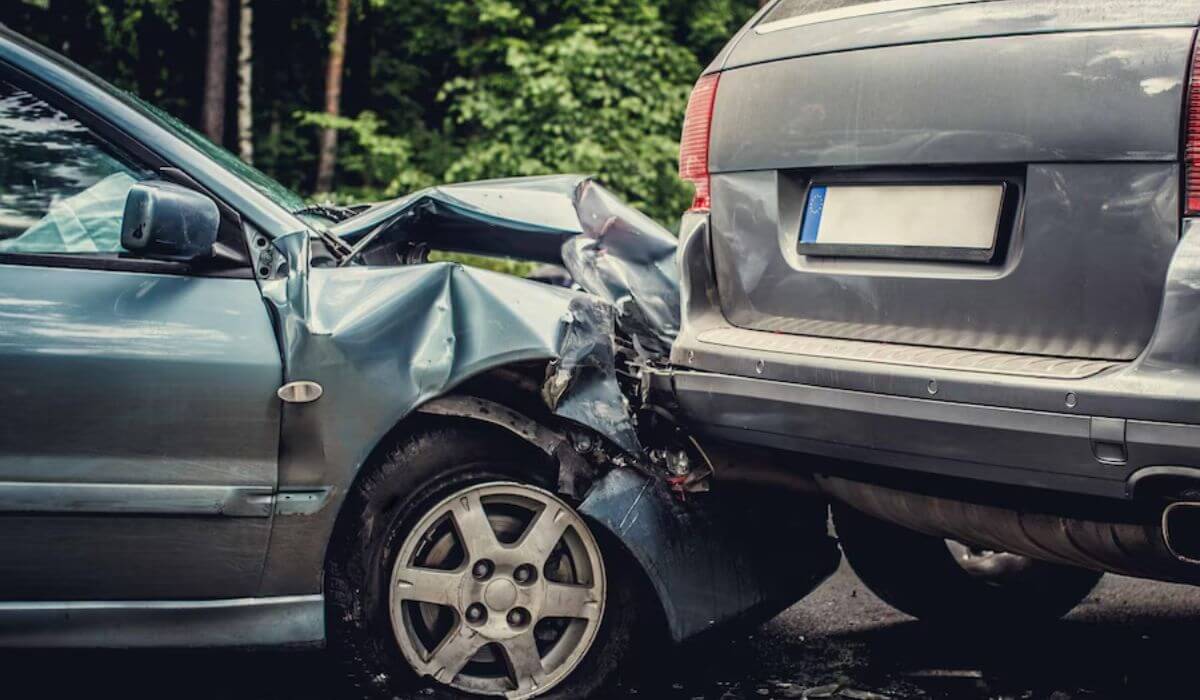Dealing with a commercial vehicle accident is a complicated matter, and it is much more complex when it interferes with smooth business operations.
Accidents can happen, so managing the situation correctly and knowing what to do for successful accident repair and getting your vehicle back to pre-accident condition.
Let’s discuss the essential steps to help you guide the process with ease.
1. Prioritize Safety
The moments after the accident are critical, and safety should always be your priority. Here is what you should do:
- Move to Safety: If the accident is minor and your commercial vehicle is operational, move it to a safe spot away from traffic to avoid further collisions.
- Check for Injuries: Assess yourself, passengers, and others involved in the accident for injuries. Medical professionals should attend to even minor injuries. It’s important to consult a Car Accident Lawyer to understand your legal rights and options following the incident.
- Call Emergency Services: For serious accidents, notify emergency services right away to handle injuries and manage traffic.
2. Document the Accident Scene
The next essential step after prioritizing safety is to document the accident thoroughly. It’s important for insurance claims, as it makes accident repair smooth and easy. Here is how to do it:
- Photography of the scene: Take good pictures of your vehicle, other involved vehicles, accident site, road conditions, and damage, if visible.
- Details about the accident: Records of date and time the accident occurred, location as well as the weather at the time and the circumstances surrounding the accident.
- Gather information: Obtain all names and their contact information including phone numbers and information concerning any insurance.
- Speak to Witnesses: Try to find out who witnessed the accident and their account of the event and get their contact numbers for further communication.
3. Notify Your Insurance Company
Your insurance provider plays a vital role in the repair process. Notify them right away to report the accident. Provide all the collected details and follow these steps:
- File a Claim: Report the accident to your insurer and file a claim. This will activate their support and start the process of covering repairs.
- Share Documentation: Share photos, witness accounts, and other evidence to support your claim.
- Plan an Inspection: In order to estimate the cost of repairs, your insurance company may hire an adjuster to inspect the damage.
- Understand what is covered: You ought to refer to the policy to see what it covers and whether any deductibles apply.
4. Select a Reputable Workshop
The right workshop is essential for ensuring your commercial vehicle receives the best quality of repair. So, take time to choose the right one. Consider the following factors:
- Certified Professionals: Look for repair shops certified by manufacturers or industry organizations. Certified technicians are trained to meet specific standards and ensure proper repairs.
- Recommendations and Reviews:
Get suggestions from friends, relatives, or colleagues. Internet reviews also indicate the reputation and reliability of shops near your place.
- Transparency: A reputable accident repair shop clearly gives estimates and clearly communicates its plans. Avoid shops that are inconsistent or unwilling to address your questions.
5. Approve the Repair Plan
After choosing a workshop, they would assess the damage and then provide a plan of repair. This is important and includes:
- Review the Estimate: Ensure the cost breakdown is detailed and includes parts, labour, and additional services like painting.
- Confirm the Use of OEM Parts: Use of OEM parts ensures your car is returned to original standards.
- Clarify the Timeline: Confirm how long the repairs will take and whether your insurance will cover a rental car in the meantime.
6. Follow Up During Repairs
Keep in touch with the repair shop to monitor the progress while they work on your vehicle. Most reputable shops give updates, but you can also:
- Visit the shop to check on your vehicle’s condition.
- Request updates on delays or unforeseen issues.
- Ensure that the shop follows the agreed repair plan.
7. Inspect the Repairs
When your vehicle is ready for pickup, carefully inspect the repairs to confirm they meet quality standards. Pay attention to:
- Appearance: Ensure the repaired areas match the rest of the vehicle, including paint colour and finish.
- Functionality: Test all mechanical parts that were replaced, including brakes, lights, or sensors.
- Cleanliness: The interior and exterior of the vehicle should be clean and free of any debris.
8. Keep Repair Records
Once the accident repairs are complete, retain all documentation, including:
- Receipts and invoices from the repair shop.
- Correspondence with your insurance company.
- A copy of the repair plan and warranty details.
Conclusion
Accident repairs can be easy if you know what to do. You would have a smooth process, and you would not be worried about anything. You should always put safety first, document the accident in detail, work closely with your insurance provider, and choose a reliable repair shop to restore your commercial vehicle to its original condition.
Working with experts would help ensure quality repair services. Commercial vehicle accident repair specialists like Royans provide high-quality service and gives full attention to details, which means that you can drive off with confidence.




